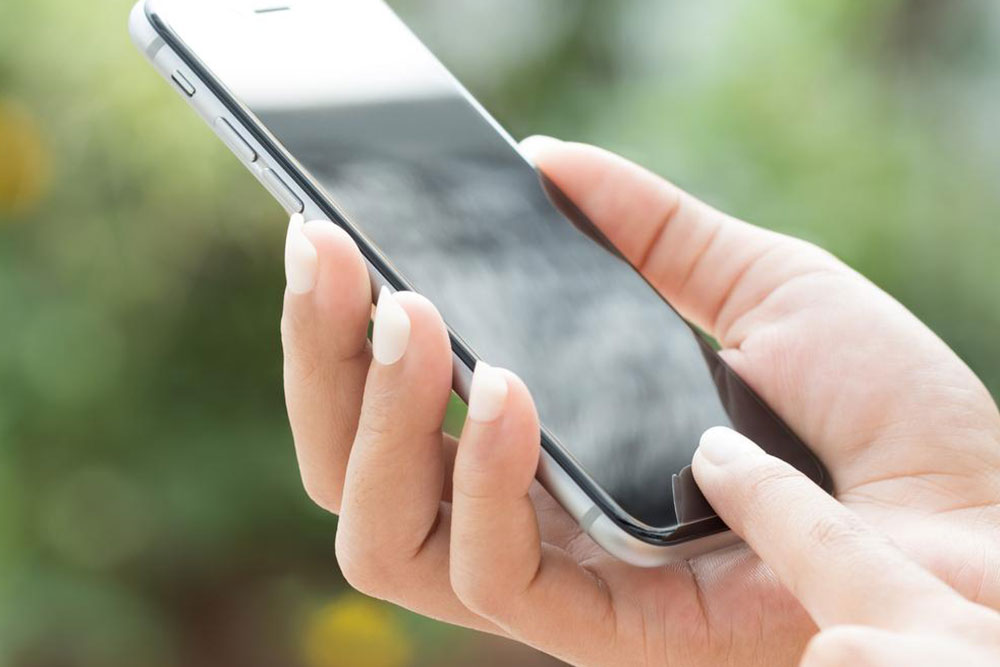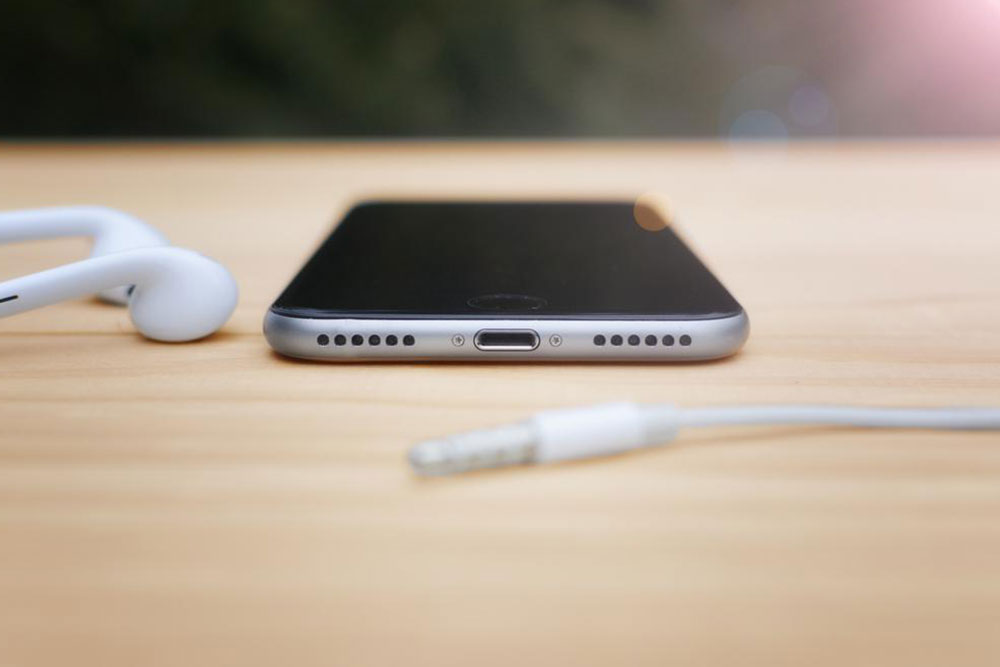Comprehensive Guide to Purchasing the Latest Windows Smartphones in 2024
This comprehensive guide explores the current landscape of Windows smartphones in 2024. It covers device availability, key features, customization options, ecosystem advantages, and factors to consider before purchasing. Despite a niche market, Windows smartphones continue to serve dedicated users who value seamless integration, security, and personalization. Learn about popular models and future outlooks, helping you make an informed decision to enhance your mobile experience with a Windows device.

Comprehensive Guide to Purchasing the Latest Windows Smartphones in 2024
In recent years, the smartphone industry has seen rapid technological advancements, with various operating systems competing for dominance, including Android, iOS, and Windows. Despite misconceptions about the decline of Windows-based smartphones, Microsoft continues to publish new models, offering consumers and enterprise users alternative choices with unique features. This comprehensive guide aims to provide insights into what you should consider before purchasing the latest Windows smartphones, highlighting their relevance, features, and potential benefits in the current mobile landscape.
Microsoft’s ongoing commitment to developing Windows mobile devices has challenged the narrative that the platform is obsolete. With several models still available in 2024, Windows smartphones remain a significant segment for certain user groups, especially those seeking customization, seamless Windows ecosystem integration, and productivity tools.
Availability and Support for Windows Smartphones in 2024
One of the primary concerns among consumers contemplating Windows smartphones is whether these devices are still available and supported. Contrary to popular belief, numerous Windows-compatible devices are still on the market today. These include both smartphones developed directly by Microsoft and those produced by partner manufacturers. For example, the Microsoft Lumia 950, Lumia 950 XL, Lumia 650, and Lumia 435 are still accessible through various channels, offering users options that suit different needs and budgets.
Many of these devices are upgradable to Windows 10 Mobile, and some can even support future updates, ensuring longevity and security enhancements. Support from Microsoft persists through updates and community-driven software solutions, making these devices a viable choice for users committed to the Windows ecosystem.
The Transition Toward Mobile-First Work Culture and Windows' Role
As the workplace evolves, there's an increasing shift toward mobile devices replacing traditional laptops for many essential tasks. Experts forecast that smartphones will become the primary device for productivity, communication, and even complex work processes. In this context, having a Windows device offers a seamless and integrated experience, especially as the same operating system can run on desktops, tablets, and smartphones, creating a unified ecosystem.
This shift has significant implications for enterprise users, who benefit from consistent software environments, streamlined workflows, and enhanced security protocols available within the Windows platform. For professionals who rely on Windows-specific applications and security features, owning a Windows smartphone can significantly improve mobility without sacrificing familiarity or productivity.
User Interface and Customization Advantages of Windows Smartphones
One of the distinguishing features of Windows smartphones is their user interface, which, while slightly complex for newcomers, provides extensive customization options. Unlike Android or iOS, which often restrict personalization, Windows phones allow users to tailor their home screens, live tiles, and settings to a greater degree, enhancing user experience based on individual preferences.
This level of customization appeals to power users who appreciate control over their device's appearance and functionality, enabling a more personalized and efficient interaction. Additionally, Windows' return to a more familiar desktop-like environment offers advantages for users migrating from computers or seeking productivity enhancements on their smartphones.
Innovative Features and Ecosystem Integration
Microsoft's strategic focus on the Universal Windows Platform (UWP) enables seamless integration across multiple devices, including PCs, tablets, and smartphones. This connectivity allows users to start a task on one device and continue it on another effortlessly, boosting efficiency and workflow continuity.
Feature-wise, recent Windows smartphones have introduced innovative tools such as Cortana, Microsoft's intelligent voice assistant, enhanced security features, and optimized multitasking capabilities. The Windows ecosystem is designed to enhance collaboration, data sharing, and device synchronization, making it attractive for both individual and enterprise users.
Developers are encouraged to create apps compatible across the Windows ecosystem, increasing app availability and expanding functionality. Despite limitations in app quantity compared to Android or iOS, ongoing development ensures that Windows phones maintain valuable features for dedicated users.
Popular Windows Smartphone Models and Their Features
Several models stand out in the Windows smartphone lineup, catering to different styles and budgets. Noteworthy among these are the Microsoft Lumia 950 XL, Alcatel Idol 4S, Lumia 630, Lumia 550, and Acer Liquid Jade, among others. Each offers unique features suited for particular user needs and preferences.
For instance, the Lumia 950 XL boasts a powerful camera, a large display suitable for multimedia consumption, and excellent productivity tools. The Alcatel Idol 4S features a sleek design, robust performance, and decent app support. Budget-friendly options like Lumia 635 and Lumia 435 provide basic functionality at affordable prices, ideal for entry-level users or those seeking a secondary device.
While the availability of apps remains a challenge—especially with some popular services missing—these phones often balance their limitations with attractive pricing and specialized features, making them a worthwhile choice under certain circumstances.
Key Considerations Before Purchasing a Windows Smartphone
If you're considering buying a Windows smartphone, several factors should influence your decision. First, assess app availability—many popular applications are either absent or have limited functionality on Windows devices, which could impact your user experience.
Second, consider the device’s hardware specifications, including camera quality, battery life, display size, and performance capabilities. Many Windows phones are equipped with high-quality cameras and ample processing power, but it's essential to verify these features based on your usage pattern.
Third, evaluate the ecosystem compatibility—if you already use Windows PCs or other Microsoft services like Office 365, OneDrive, and Outlook, a Windows smartphone will offer seamless integration and synchronized workflows that enhance productivity.
Finally, reflect on your budget and how much you're willing to invest in a device that might have limited app support but offers unique benefits in customization and connectivity.
The Future Outlook for Windows Smartphones
Although Windows smartphones represent a smaller segment within the global smartphone market, they continue to serve a dedicated user base. Microsoft’s strategic focus appears to be on creating a cohesive ecosystem that unites their hardware and software offerings, rather than competing solely on market share.
Future updates and new model releases are likely to emphasize enterprise features, enhanced security, and cross-device compatibility. This approach targets business users and tech enthusiasts who value ecosystem integration over sheer market presence.
Overall, while the consumer market for Windows smartphones may remain niche, their significance in specific sectors and among dedicated users will persist. Buyers should keep an eye on Microsoft’s developments and consider whether the platform aligns with their needs for productivity, customization, and device integration.
Choosing a Windows smartphone in 2024 requires careful consideration of factors such as app support, hardware features, ecosystem compatibility, and price. Despite its smaller market share, Windows smartphones continue to offer distinctive advantages that appeal to specific user groups, especially enterprise and power users who prioritize customization and seamless connectivity within the Windows ecosystem.
Stay informed about the latest models and updates from Microsoft and its partners, and evaluate whether a Windows device fits your personal or professional needs. As the ecosystem evolves, Windows smartphones remain a viable and potentially rewarding option for those seeking alternative mobile experiences tailored to their specific requirements.





